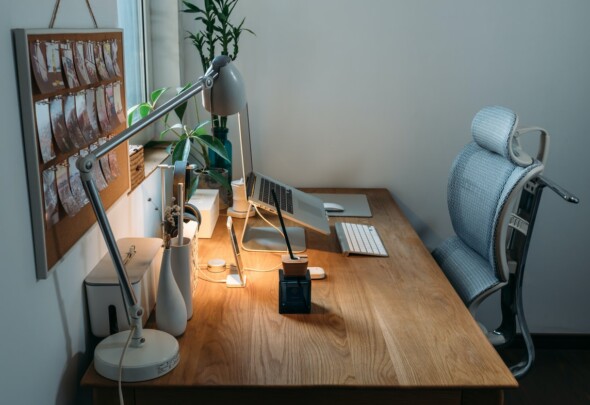Safeguarding Intellectual Property in Art Industry: Leveraging Virtual Data Rooms for Data Protection

The era of digital technologies has spawned some incredible advancements in the art industry. However, it has also caused severe challenges. Specifically, one of the most significant issues artists and creators face today is protecting their intellectual property. With so much content being shared online, it’s no surprise that the risk of unauthorized access and data breaches is at an all-time high. Thankfully, there is a solution that can help strengthen data protection within the art industry — virtual data rooms.
In this article, we’ll explore how virtual data room providers revolutionize the way artists and stakeholders handle data, giving them a secure space for protecting the integrity of their intellectual property.
What is intellectual property in art?
Intellectual property is a term used to describe the legal rights arising from the creative and intelligent processes individuals use to produce artistic works, designs, and inventions.
These tools include copyright and moral rights, allowing individuals to protect their work from unauthorized use, maintain the integrity of their brand or reputation, and generate income from their creations. These legal protections are essential for promoting innovation and creativity while ensuring fair compensation for those who produce valuable works of art and technology.
How do data rooms protect intellectual property for the art industry?
Virtual data rooms, including an IPO data room as a specialized solution, are highly secure online spaces with advanced technologies for storing, sharing, and managing sensitive data. The platform protects intellectual property at the file level, from granular access permissions to sophisticated encryption that turns your data into an unreadable set of characters for unauthorized parties.
To provide a clear understanding of how the platform works to protect your intellectual property, we have prepared a list of the most potent tools that data room providers offer.
➔ Robust encryption
In simple words, data encryption is like putting an invisible lock on the entire contents of the data room storage. Thus, your files turn into a secret code that only those with the correct key can decipher.
Even if someone gets access to your document, this is useless for them since the data is unreadable. So, hackers and other outsiders have no chance!
➔ Watermarking
When artists upload their artwork or sensitive documents to a virtual data room, the system automatically embeds a unique watermark on each page or image. It may contain information like the recipient’s name, email address, or access date.
If someone attempts to capture or share the content without authorization, the watermark remains visible, linking it back to the specific user who accessed it. That is a deterrent against unauthorized sharing, helping artists maintain control over their intellectual property.
➔ User access control
These tools allow data room administrators to set fine-grained permissions for individual users or groups. More specifically, artists can control who can view, download, edit or share their intellectual property, getting an extra layer of control over sensitive information.
➔ Activity tracking
Data room services include recording and logging all user activities, including who accessed the files, when they accessed them, which documents they viewed or downloaded, and any interactions they had within the workspaces. This way, you get a clear picture of how intellectual property is used and can detect suspicious behavior instantly.
➔ Compliance
Strict protocols and security practices, such as GDPR and SOC 2, are put in place to protect data access and maintain a record of user activity. Furthermore, electronic data room compliance offers legal recourse for artists in case of security breaches. And last but not least, the solution helps establish trust and credibility among artists, clients, and other stakeholders during collaborations.
Not just security: other reasons for artists to implement data rooms
Data room vendors provide artists immense benefits beyond just protecting their intellectual property.
Artists can easily share and exchange documents eliminating the need for physical meetings or cumbersome email exchanges.
With granular access controls, virtual data rooms allow artists to maintain complete ownership and control over their creative works while selectively granting permissions to collaborators, promoting trust and professionalism within the art industry.
The platform offers real-time collaboration features, allowing artists and their teams to collaborate seamlessly, providing feedback, and making revisions without compromising data security.
Data room software empowers you as an artist to focus on your craft, drive creativity, and elevate the overall art industry experience by offering a secure and user-friendly space for managing and sharing artistic assets.
Final thoughts
Artists invest countless hours and boundless creativity into their creations, trying to make them unique. Hence, they deserve robust protection to safeguard their work. In this pursuit, a data room is the best solution, offering an unrivaled level of security and control. By entrusting their intellectual property to online data room software, you can focus on what matters — art.
Before deciding on the solution, consider reading a data room review to ensure you find the best fit!





No Comments